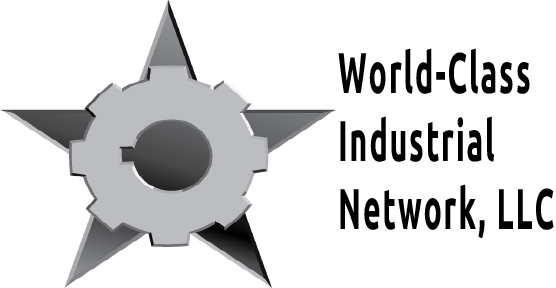We regularly work with nonprofit organizations who are deploying Salesforce for the first time. They are excited to take advantage of the Salesforce Foundation grants and to manage their administrative and programmatic data more effectively. However, they aren’t always perfectly prepared to implement Salesforce. Of course, new questions are inevitably going to arise throughout the implementation project, but there are thankfully some strategies to ensure a smoother transition to the new platform.
Before working at WIN, I was working at a local CBO and was the project lead for our Salesforce implementation … and I probably wasn’t perfectly prepared myself! Based on those experiences, some recommendations for nonprofits who are implementing Salesforce:
- Define a project manager and/or project team, including someone who can serve as the System Administrator. This is not revolutionary advice, so many nonprofits are already prepared to this. However, it can be quite challenging for some community-based organizations who have just a few staff. Regardless, it is always critical to have a Salesforce implementation project lead who can dedicate significant time to it, so I recommend utilizing volunteers or interns to fill in the gaps.
- Take the time as a full staff to outline what you’d want any database system to do, if you could have anything you want. Don’t worry about whether your wishes are technically possible, or too costly, or would take too long to create – let the developers and consultants you hire later worry about that. I would guess that some consultants and developers would not agree with me on this, but I found this method to be incredibly useful in facilitating a successful Salesforce deployment. We identified our top priority wishes, and other things that were “wants,” and we often didn’t know if what we were describing was realistic. But, we were able to give a complete list of requirements and wishes to our consultant, who was then very easily able to identify items that we could have out-of-the-box, items that would require a third-party application, and items that we’d have to adjust our expectations on. This enabled us to determine our actual costs early on, rather than realizing after deployment that we were going to need a bunch of other applications to meet our needs.
- Every blog you read about preparing for a Salesforce implementation will tell you to review and define your business processes, so I won’t go into much detail here – but it’s critical, so it’s worth repeating.
- Revise and streamline all your tools – intakes, surveys, case management forms, reports, etc., across all your programs. Nonprofits are often running multiple interrelated services, funded by multiple sources, and as a result, are often collecting and managing duplicate – or unnecessary – data across a variety of forms and tools. A classic example is continuing to collect participants’ voter registration information 10 years after the grant that required you to do so ended. Rather than spending the time (and money) to customize Salesforce with fields and objects that aren’t necessary, my recommendation is for organizations to review and streamline their tools so that only critical data points become a part of the system. It makes data entry and reporting more manageable later.
- Decide which, if any, legacy data you want to store in Salesforce once it’s deployed, and gather it and clean it. Especially for small organizations that have faced a lot of turnover (which is unfortunately common among nonprofits), this step will take a lot longer than people anticipate. While there are many great tools to mass upload data into Salesforce (stay tuned for future blogs about them!), data must still be cleaned before it can be uploaded. For nonprofits, that usually means a few things:
- Data should be organized into relevant groups. If you have 5 different case managers who all take case notes using different tools or data structures, find a way to gather and organize that data into one dataset. It will save time later on.
- Data should be structured in picklists and checkboxes whenever possible, as opposed to long text boxes. While Salesforce has the capacity to store text data, it is difficult to report on – and isn’t the best benefit of Salesforce the ability to run reports and dashboards so you can easily view the impact you have on the community? For data that is tracked in long narrative formats, review it. See if you find any patterns, and grab your interns again to help you codify and categorize your data before you add it to Salesforce.
- Remove duplicates, and make sure that related items are accurately related. For example, if your afterschool program serves a bunch of siblings, make sure your data indicates that they live in the same household. If you have a bunch of survey data, make sure that the names on the surveys clearly indicate who took that survey (clean up nicknames).
